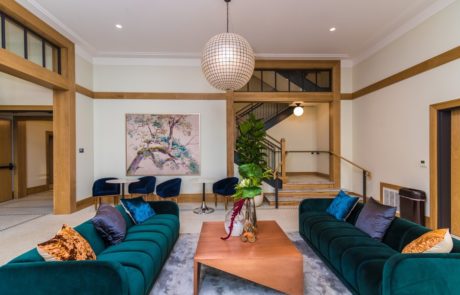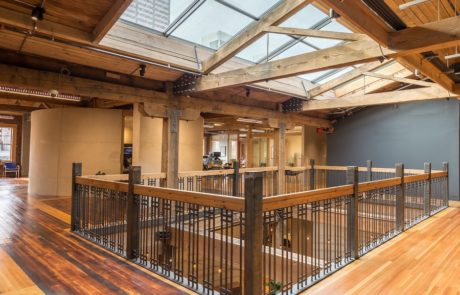Hats off to Google! Just click-clack-boom–you’ve got a list of 99 potential commercial architecture firms. But hiring one is not so blissful. It takes dedication, it takes a keen attention to detail. Hiring an architect is 90% preparation, 10% perspiration. How do you separate the architects who will create your ideal vision from the ones who will be an absolute nightmare?
Consider this your quick, how-to guide for hiring a commercial architect, from concept to quote.
Step 1. Ask the Right Questions
Before doing anything, be sure to ask lots of questions (and never apologize for having too many!). It’s better to know now before it’s too late to change what’s been done. Ask these questions to ensure a good fit for everyone:
What are my goals for this project?
Is this a long-term investment or a short-term flip? Knowing what you want out of the project will help inform who you should select as an architect.
What role do you play? Which do I?
Perhaps all you want are architectural plans. Perhaps an architect will involve themselves in creating your ideal project. Many architects are full-cycle, many are not. Discuss who will get permits, manage contractors, and oversee completion.
How will you bring this project to completion on time and on budget?
Keep your eyes open for evidence that your architect wants to meet your goals on time, on budget, and with a solid plan. What are some creative ways your architect can save time and budget? Insight into real strategies is a positive sign.
Remember, the answer isn’t always, “Yes, we can do that.” Many clients come with unrealistic schedule or budget expectations, and the most successful projects are the result of an active dialogue on these items.
How do you handle clients, conflict, and confusion?
Know how your architect will help resolve project tensions beforehand. Ask about examples of how they’ve handled disagreements and construction challenges. Construction surprises can happen, and it’s critical that the architect can navigate between contractor and owner to resolve issues.
What do your designs demand of my resources?
Before approving a creative direction, understand what the design will ask of your contractors, your architect, and yourself. It will cost more time and money to change a design later in the process if you don’t understand its requirements from the beginning.
Step 2. Get to Know their Work, Clients, and Team
Take time with their portfolio, and look for patterns in their work that strike you. You may like a tendency or abhor a certain stylistic flair. Note any similarities to your project. If there are none, you may want to keep searching.
While a portfolio is great, positive references are even better. Talk to contractors and clients who have worked on similar projects, if possible.
Make sure you’ve met other team members that will be a part of your project. Your Project Manager is just as important to the overall success as the Principal – you want to build a good relationship with them.
Step 3. Fall in Love with their Quote
Some architects charge by the hour, most charge a percentage. Whatever the rate, get an itemized example of how fees work in your project. Don’t be afraid to get specific and ask questions about what you are getting for that fee and any fees you don’t understand. This will offer insight into the level of detail and amount of coordination the architect will provide from design through the end of construction.
As architects, what’s most important is that our clients love their result–that it’s better than expected. Open and honest communication is crucial from start to finish. Start by asking the right questions, finding a portfolio you love, and a mutually agreeable budget you understand inside and out.







